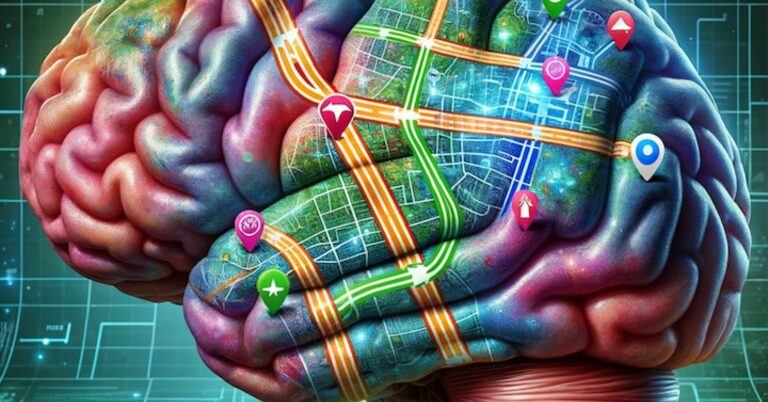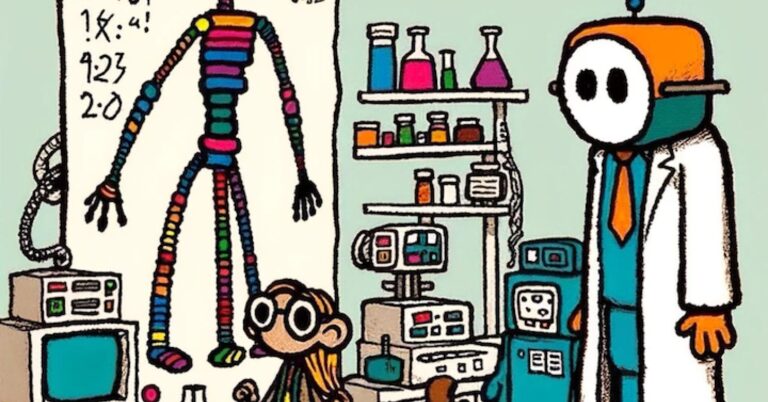
Image by Gerd Altmann from Pixabay.
Let’s start at the beginning. It’s been said that two heads are better than one. But, how about two (or more) personas providing computational capacity in one Large Language Model (LLM)? The concept of a “cognitive synergist,” as introduced in a recent academic preprint, represents a fascinating and powerful shift in the way we understand and deploy LLMs. This isn’t merely a theoretical construct; it’s a transformative idea with far-reaching implications across various sectors, including technology, healthcare, governance, and the creative arts.
Reimagining Problem-Solving
Traditionally, problem-solving in AI has been a linear, somewhat one-dimensional process. The AI model, regardless of its sophistication, has been confined to its inherent capabilities and limitations. The cognitive synergist fundamentally disrupts this paradigm. Imagine an LLM that can assume multiple personas—each with specialized knowledge and perspectives. This is not just a multi-disciplinary team of experts collaborating to solve a complex issue; it’s a multi-disciplinary team encapsulated within a single AI model.
Innovation here lies in the dynamic adaptability of the model. For instance, in data analytics, instead of merely crunching numbers, the cognitive synergist could simulate the roles of a data scientist, a business analyst, and a market researcher. It could then synthesize these diverse perspectives to offer insights that are both deep and broad—something that could revolutionize decision-making in business.
The concept of a cognitive synergist embedded within an LLM fundamentally reinvents the notion of teamwork. Traditionally, teamwork has been about human individuals with different skills and perspectives coming together to solve complex problems. The cognitive synergist, however, encapsulates this multi-disciplinary team within a single AI entity. It’s as if each team member’s expertise is distilled and made available on-demand, all harmonized by a singular, overarching intelligence. This not only streamlines the collaborative process but also makes it more dynamic, adaptable, and devoid of the interpersonal conflicts that often plague human teams. In essence, the cognitive synergist offers a new model of teamwork that is both deeply integrated and astonishingly efficient, potentially revolutionizing how we approach problem-solving across various domains.
A Look Under the Methodological Hood
The methodology employed in the paper is both rigorous and innovative. The authors primarily compare their Solo Performance Prompting (SPP) approach with existing methods like Standard Prompting and Chain-of-Thought (CoT) prompting. Two variants of SPP are examined: the standard SPP and SPP-Profile, which involves generating profiles for each persona during the Persona Identification phase. All experiments are conducted using the GPT-4-32k API, with specific configurations to maximize reproducibility. The SPP method enables multi-persona self-collaboration, effectively eliciting domain knowledge while reducing hallucination. The iterative procedure of SPP also inherits the benefits of CoT prompting, particularly in enhancing the model’s reasoning abilities.
Medicine and Healthcare
In healthcare, the cognitive synergist could be nothing short of revolutionary. Imagine an LLM that can simulate the roles of a general physician, a specialist, a pharmacologist, and even a patient advocate. Each persona could contribute its expertise to arrive at a diagnosis and treatment plan that is not just medically sound but also holistic.
The innovation here could extend to drug discovery and personalized medicine. A cognitive synergist could simulate the roles of a geneticist, a pharmacologist, and a clinical researcher to design drugs that are tailored to individual genetic profiles, thereby increasing efficacy and reducing side effects. Telemedicine could also be transformed, offering remote healthcare services that potentially can be as comprehensive as in-person consultations.
Governance and Policy Making
In governance, the applications are equally compelling. A cognitive synergist could simulate the perspectives of different stakeholders—policymakers, citizens, economists, environmentalists—to arrive at policies that are balanced, inclusive, and far-reaching.
Innovation in this context could manifest in real-time policy simulation and forecasting. Imagine a “policy lab” where the cognitive synergist models the impact of various policy options, taking into account economic, social, and environmental factors. This could be a game-changer in addressing complex, multi-dimensional issues like climate and economic inequality.
The Creative Arts and Beyond
The realm of creativity and art is another frontier for the cognitive synergist. In filmmaking, for example, the model could simulate the roles of a scriptwriter, a director, a cinematographer, and an editor. It could generate a script, visualize scenes, plan camera angles, and even suggest edits, offering a multi-dimensional view of the creative process.
In the world of literature, a cognitive synergist could be the ultimate writing assistant, simulating the roles of a plot developer, a character designer, a dialogue writer, and an editor. It could help authors not just in the mechanical aspects of writing but in the creative process itself, making the journey from an idea to a finished book more fluid and enriched.
The Power of Multiple Informed Voices
The cognitive synergist’s ability to simulate multiple informed voices creates a powerful dynamic that could redefine collaborative efforts. In academia, for instance, it could simulate a multi-disciplinary research team, synthesizing inputs from various fields to offer groundbreaking insights. In journalism, it could simulate the roles of a reporter, an editor, and a fact-checker, thereby increasing the speed and accuracy of news reporting. Further, the unexpected or atypical voice can be added to push thinking in new and unexpected ways.
Two Heads Are Better Than One
The cognitive synergist embedded within an LLM is not just an incremental step in AI capabilities; it’s a powerful leap. It promises a future where problem-solving is not confined to silos but is a dynamic, multi-disciplinary process. As we stand at the cusp of this technological revolution, the possibilities are not just promising; they are exhilarating. The cognitive synergist offers a glimpse into a future where AI is not just a tool but a multi-faceted collaborator in our quest for knowledge, well-being, and creative expression.




















+ There are no comments
Add yours